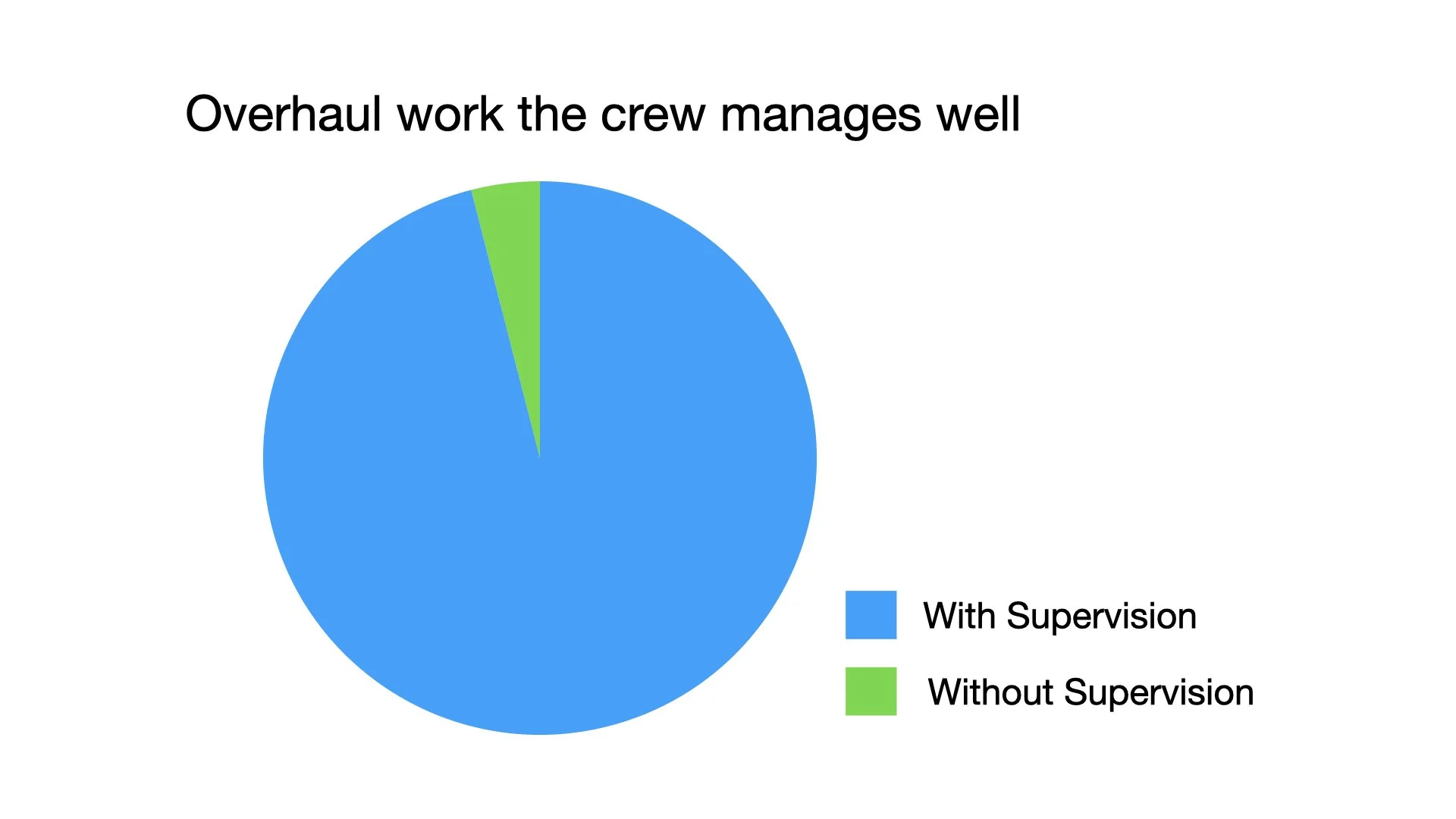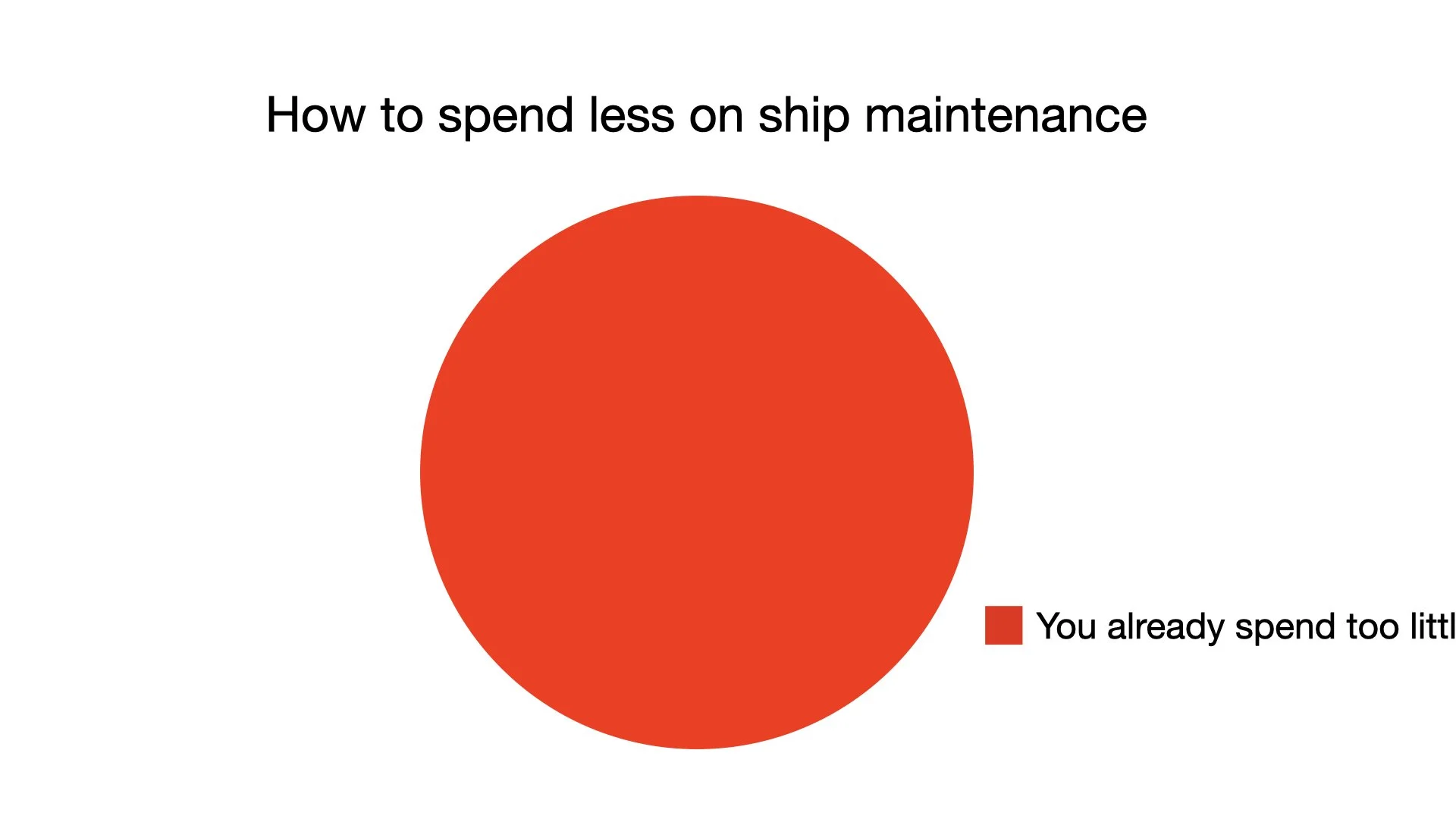This post collects my reactions to a 2015 technical report analyzing gaps in Naval shipyard performance. I have way too much fun with Readiness Kill Chain and W=X=Y=Z.
Hi.
Welcome to my website. This is where I write about what interests me. Enjoy your visit!




















